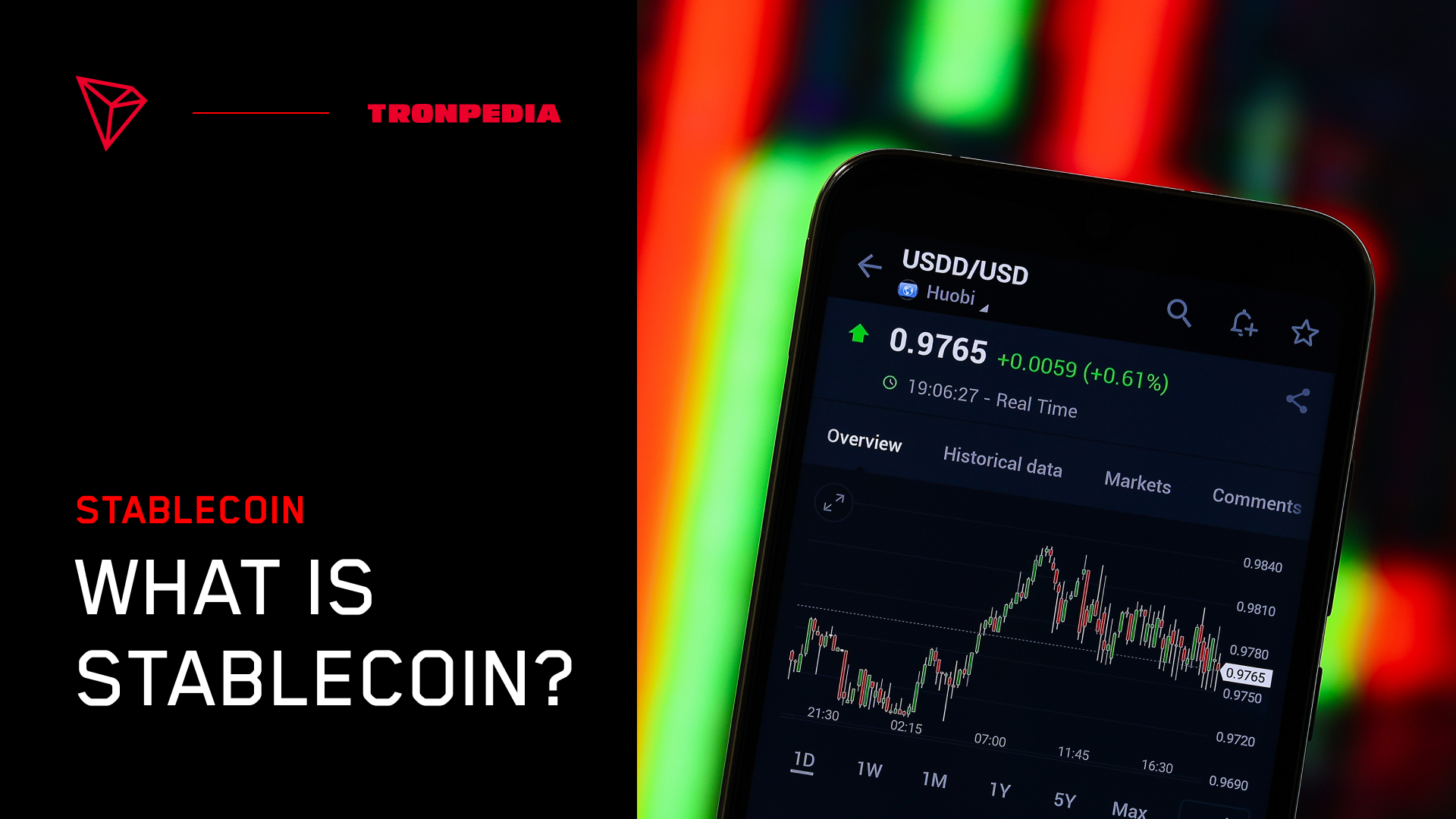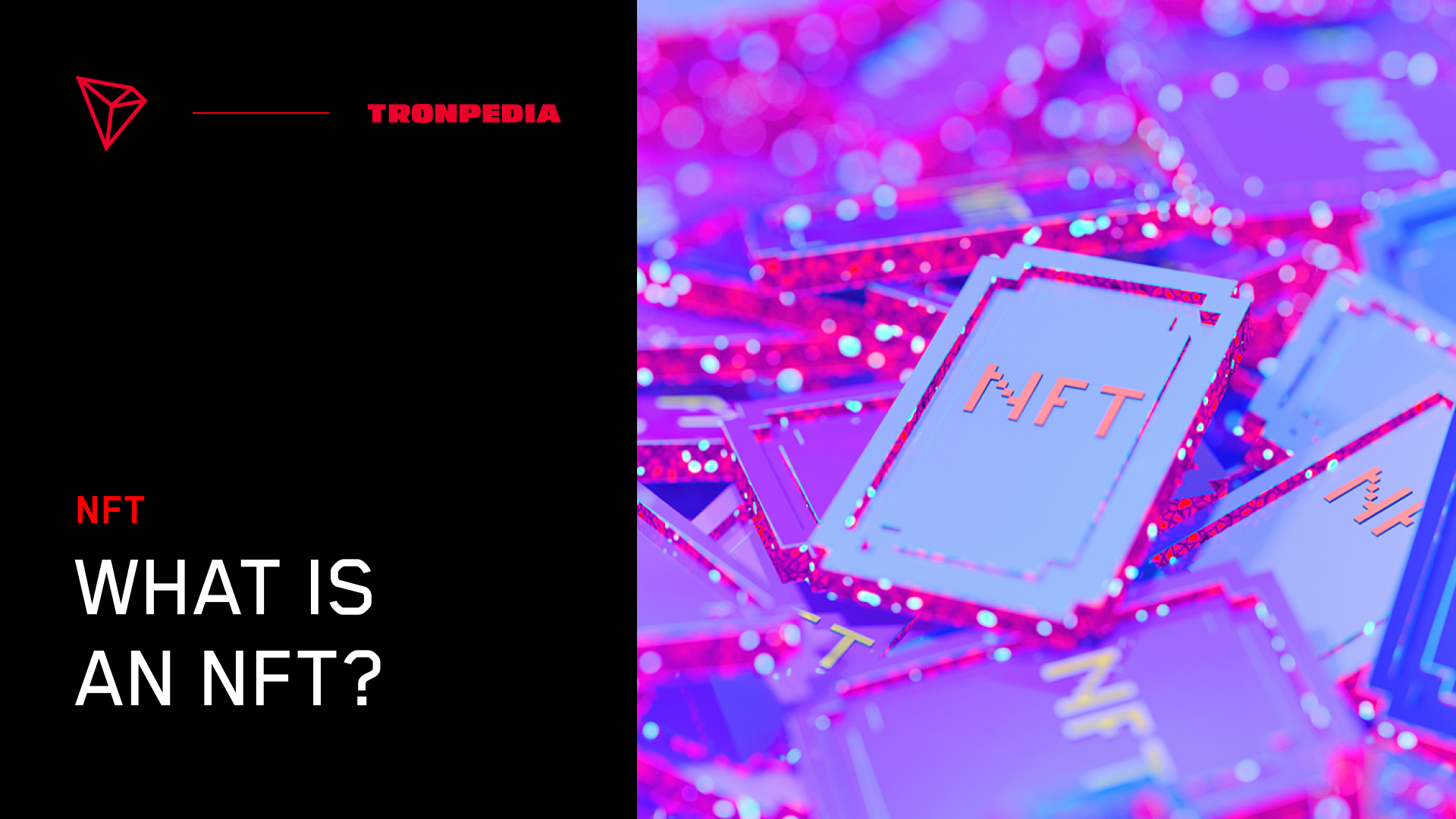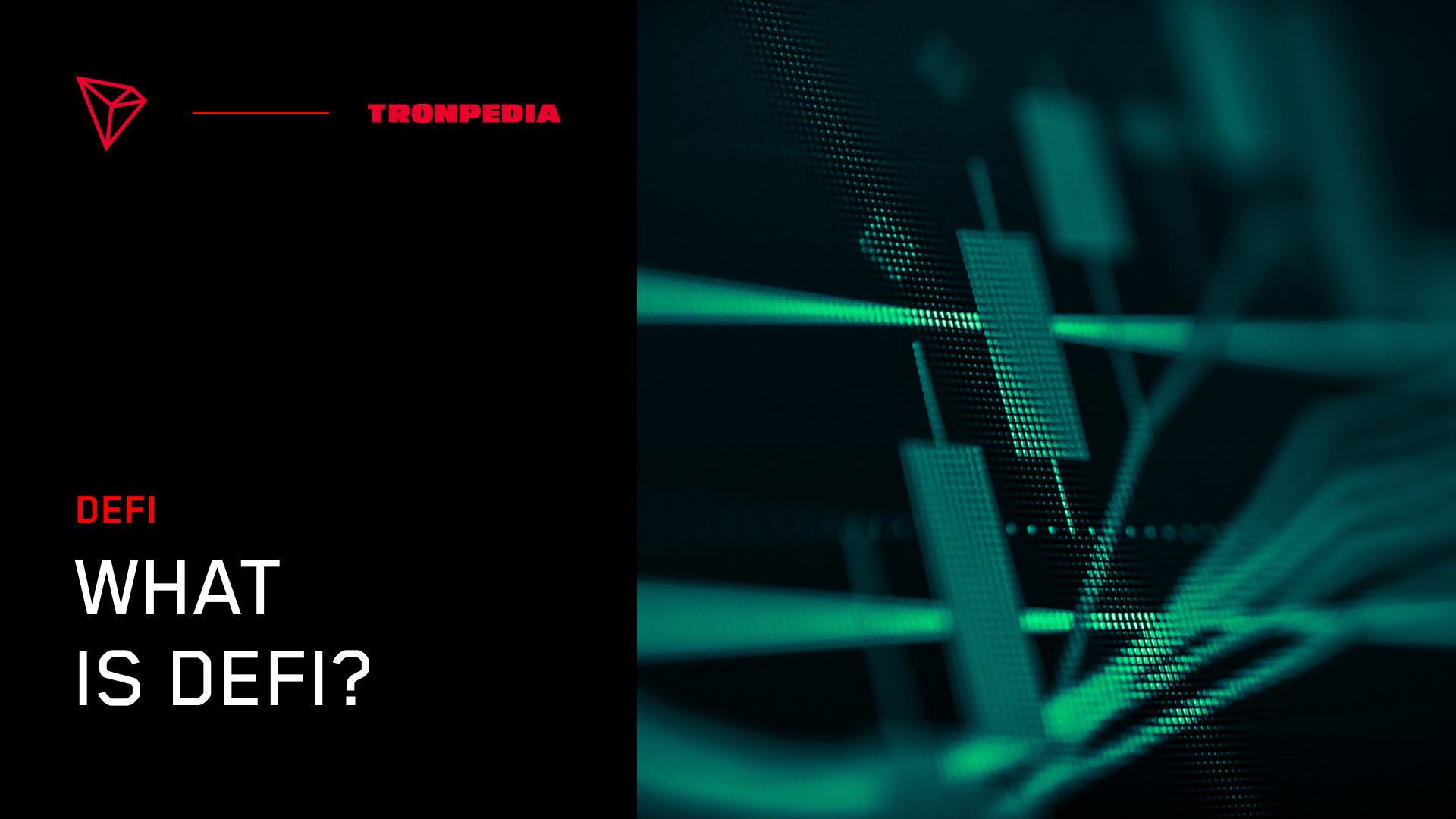Introduction to GameFi
GameFi, a term that conveys a blend of gaming and decentralized finance, is a crypto use-case many experts believe will be the future of gaming. Traditionally, video games are housed on centralized servers owned by gaming companies. The model of the games themselves is “play to win,” where users pay to
- play the game,
- access different avatars or skins,
- unlock new areas or levels,
- and essentially everything else.
The worst part? The players buying these digital assets don’t actually own them.
Thankfully, GameFi has used the powers of NFTs and DeFi to make everyone look at video games differently. Using “play-to-earn” technology instead of “play-to-win,” GameFi offers economic incentives to those who enjoy them. Yes, you can get real money paid for playing video games.
GameFi vs. Traditional Video Games
GameFi games differentiate themselves from traditional video games in several important ways
1. Players own in-game assets as opposed to the gaming company
2. In-game assets have monetary value and real-world value instead of having no real-world value
3. Players can have the option of making decisions on updates and roadmaps instead of the company
These features make playing GameFi games more enjoyable and economical than traditional games. That’s why many venture capitalists and gamers are betting on GameFi as one of web3’s most prominent sectors.
What is Play-to-Earn?
The “play to earn,” or P2E, model is used in many blockchain video games. Players can play a game and potentially earn cryptocurrency or NFTs, which can trade for cryptocurrency.
Depending on the game, players can accumulate an array of items, such as virtual land, skins, avatars, and more. But unlike other video games, these in-game items have a monetary value and can be traded, transferred, bought, or sold for cryptocurrency. The more you play, the more likely you are to collect assets in the game.
The reason the P2E model works is that when players hold valuable assets and distribute them by trading, more players join the game’s ecosystem. And as more people start playing the game, the developer’s profit also grows.
NFTs in GameFi
Put simply, NFTs, or non-fungible tokens, are collectible virtual assets. In GameFi, they represent the aforementioned in-game items, such as virtual land and avatars. By turning in-game items into NFTs, they can be stored on the blockchain and owned by the players. So, even if the game were to stop running forever, you would still be able to trade or sell your NFT. NFTs can also rise in value, depending on how rare it is and how much people are willing to pay for them.
Another unique feature of NFTs is royalty fees. The person who minted the NFT, or published it onto the blockchain, can set a royalty fee on the NFT. So, anytime their NFT is bought or sold, a percentage of the sale will go directly to the game developer.
How is GameFi Being Used Now?
Despite being such a new way to look at video games, several developers got an early start and showed us the future of gaming. Below are some of the most popular GameFi games out right now.
1. CryptoKitties is an Ethereum-based blockchain game that Dapper Labs developed. Players can purchase, collect, breed, and sell virtual cats. The game was launched in 2017 and accounted for up to 25% of Ethereum's network traffic shortly after.
2. Sky Mavis in Vietnam developed Axie Infinity. Players collect NFT digital pets called Axies, which can be bred and battled with each other. The creators of Axie Infinity got their inspiration from CryptoKitties.
3. Decentraland is a 3D virtual world where players can buy and sell land as NFTs. They can also create in-game assets by minting them as NFTs and selling them to other players. Brands like Samsung, Adidas, and Sotheby’s all own digital properties in Decentraland.
Potential for Growth
Although GameFi has become increasingly popular, many believe it is just the start. The gaming market is expected to be worth $321 billion by 2026 and is currently worth more than $180.3 billion. For comparison, the entire music and film industries are worth only $117.73 billion combined. The gaming market is so large due to the massive number of people playing video games; Statistica estimated there are currently 3.24 billion gamers globally.
Currently, GameFi only accounts for 4% of the industry’s market cap, but this number is expected to snowball as more and more people become aware of GameFi’s benefits.
How to Get Started
It is easier than ever to start playing DeFi games. So, if you’re new to crypto, follow the simple steps below, and you will be playing blockchain games in no time!
1. Determine which game you want to play
There are a ton of awesome GameFi games out there. However, be aware of scams, as GameFi technology is still relatively new.
2. Create a crypto wallet that is compatible with whatever game you want to play
A crypto wallet is a secure place to keep your crypto assets, such as NFTs and tokens. There are tons of great options for wallets, but make sure the wallet you create is compatible with whatever currency your game uses.
3. Connect your wallet to the game.
Many wallets will connect to the game automatically. Just follow instructions, and avoid scams at all costs. Make sure never to enter your seed phrase.
4. Check Requirements
Many play-to-earn games require players to buy the game’s native token or NFTs to start playing.




